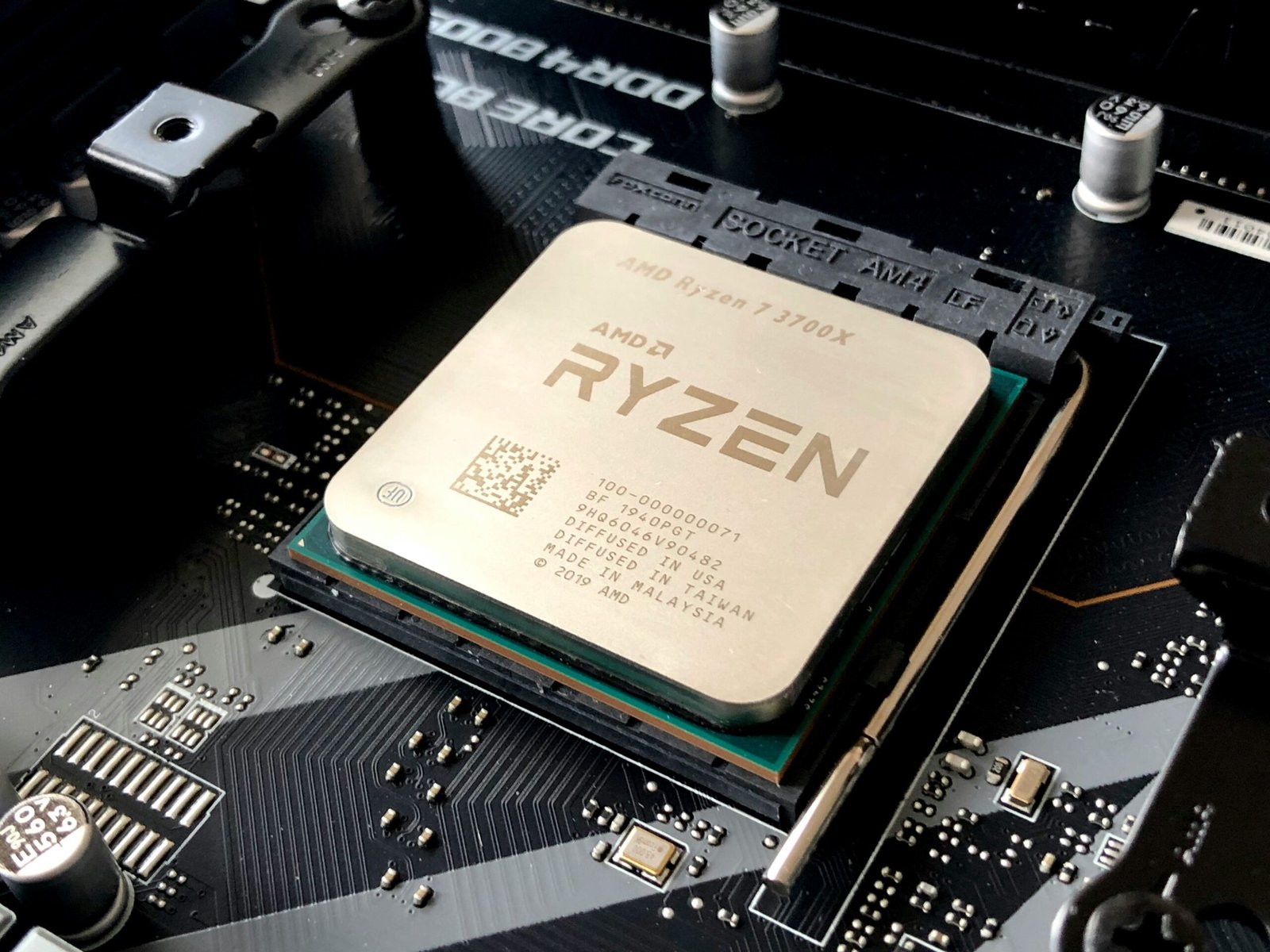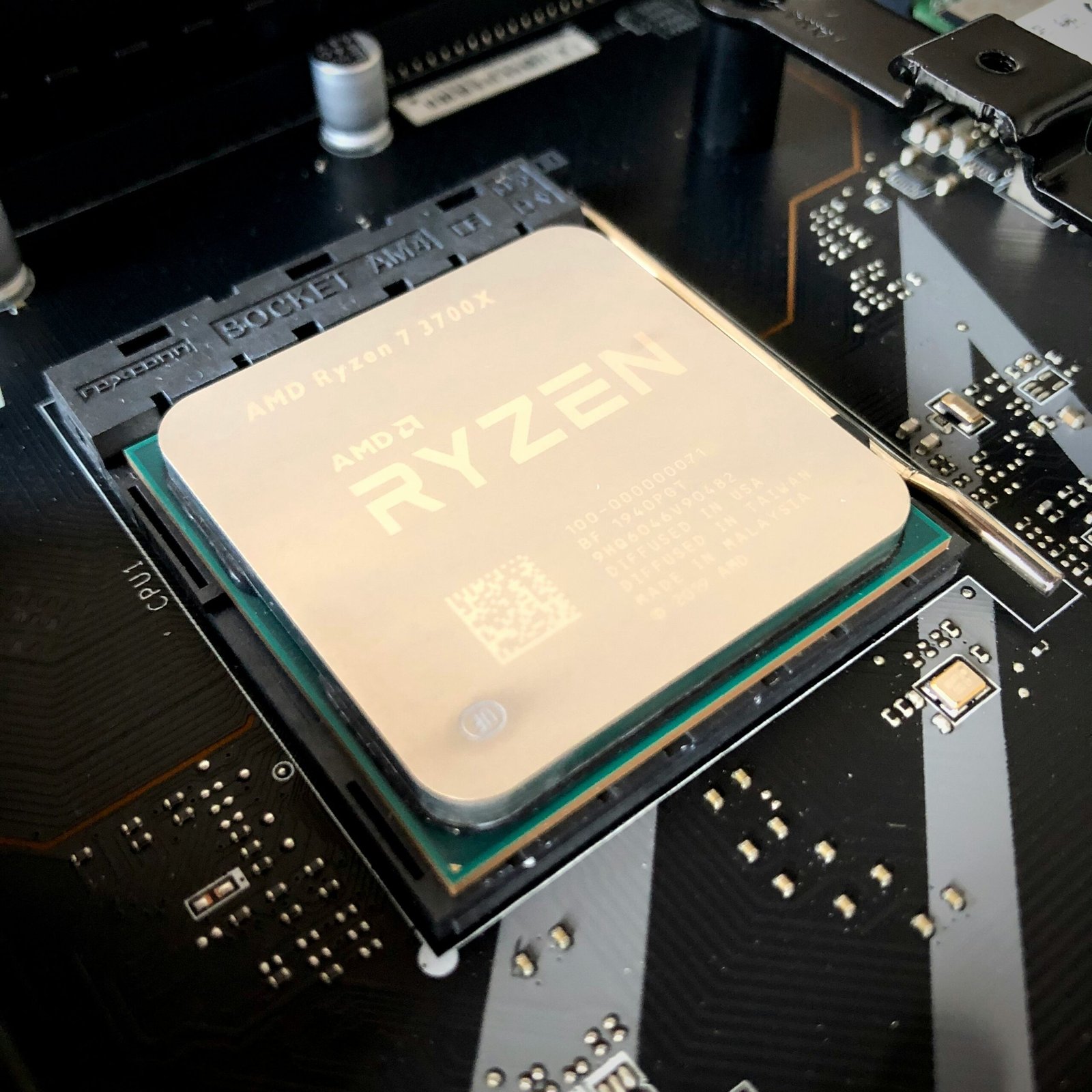Introduction to Homelabs
A homelab is a personal computing environment that allows technology enthusiasts and professionals to experiment, learn, and develop skills in various fields such as server management, networking, and virtualization. Essentially, it serves as a mini data center within one’s home, providing a controlled setting for individuals to explore different technologies and applications. The increasing accessibility of affordable hardware and software has significantly contributed to the rising popularity of homelabs, enabling a broader audience to engage in hands-on learning experiences.
The purposes of a homelab can vary widely. For many, it is an invaluable resource for acquiring and honing technical skills. By setting up a homelab, individuals can experiment with different operating systems, network configurations, and security protocols without the risk of impacting a production environment. This experimentation fosters deeper understanding and competence, which can be vital for career advancement in the tech industry. Moreover, homelabs provide opportunities for software development and testing, allowing users to trial and iterate on projects in a safe environment.
Setting up a homelab does not require an extensive budget; in fact, many tech enthusiasts start with older hardware or refurbished systems. Essential components of a homelab typically include a server, networking devices, and storage solutions. Additionally, a degree of knowledge in operating systems, virtualization technologies, and networking principles will be beneficial. Online forums and communities dedicated to homelabs serve as excellent resources for advice and sharing experiences. As the trend of homelabs continues to grow, individuals are increasingly finding creative ways to tailor their setups to meet personal goals and interests in technology.
Factors to Consider When Choosing a Server Platform
When setting up a homelab, selecting the optimal server platform is crucial. Numerous factors must be considered to ensure that the chosen platform aligns adequately with the intended use-case scenarios. One primary aspect is the hardware specifications, which include the CPU, RAM, and storage capabilities. These elements play a pivotal role in determining the performance and efficiency of the server. A robust CPU paired with ample RAM and fast storage can significantly enhance virtualization and application performance, which are key components in many homelab environments.
Compatibility with different operating systems is another critical consideration. A server platform should support a wide range of operating systems, allowing for flexibility when deploying various applications and services. This ensures that users can experiment with different systems without being restricted to a specific software environment, allowing for a comprehensive learning experience.
Scalability is also vital in the decision-making process. As a homelab evolves, the ability to scale resources seamlessly can save both time and investment. A platform that accommodates future upgrades and expansions without a complete overhaul can provide long-term benefits. Additionally, ease of use cannot be overlooked; the chosen server platform should have an intuitive interface and clear documentation to facilitate setup and maintenance, especially for less experienced users.
Finally, investigating community support is essential. A strong community can be invaluable when troubleshooting issues or seeking advice on best practices. Engaging with forums, user groups, and online resources can enhance one’s understanding and streamline the running of a homelab. By weighing these factors carefully, one can select a server platform that not only meets current needs but also accommodates future developments.
Popular Server Platforms for Homelabs
When constructing a homelab, the choice of server platform is paramount, impacting performance, usability, and the overall user experience. Several platforms have emerged as popular options among homelab enthusiasts, each offering unique features and capabilities tailored to different user needs.
One widely used platform is VMware ESXi, a robust hypervisor that allows users to create and manage virtual machines (VMs) efficiently. It is well-suited for advanced users who require granularity in their virtualized environment. The primary advantage of VMware ESXi lies in its high level of reliability and extensive enterprise-level features. However, it does come with a steeper learning curve and can be resource-heavy, which might be a drawback for beginners.
- PowerEdge 14th Generation 2.5″ SFF 8-Bay Rack Server ( BIOS and Firmware Updated )
- 2x Intel Xeon Gold 6136 – 3.0GHz 12 Core CPUs
- 256GB PC4-2133 DDR4 Memory
- HP ProLiant DL160 Gen10 is a compact and reliable 1U rack server with flexibility to support a variety of remote office …
- Get professional-grade performance with Dual (2) Intel Xeon Silver 4110 8-Core 2.1GHz 11MB processors, up to 3.0GHz turb…
- 32GB DDR4 memory for advanced multitasking; store plenty of data with 2TB SATA SSDs
- Dell PowerEdge R730xd 24B SFF 2U Server
- 2x Intel Xeon E5-2690 v4 2.6Ghz 14-Core (28-cores Total)
- 128GB DDR4 RAM – 4x 1.2TB 10K SAS 2.5” 12Gb/s
Proxmox VE is another powerful choice that combines aspects of virtualization and containerization. This platform is particularly attractive to those looking for an open-source solution, offering features such as support for KVM and LXC. Proxmox VE is user-friendly and comes with a web-based management interface, making it a great option for both beginners and advanced users. However, users should be aware that support might not be as robust as that found in commercial alternatives.
Unraid markets itself as a versatile operating system for personal media servers and other applications. With its unique approach to storage management, Unraid allows users to combine different disk sizes without the need for complex setups. It is ideal for users interested in media libraries, while also providing capabilities for running virtual machines. Nevertheless, its unconventional file system might pose challenges for users preferring traditional RAID setups.
Finally, Windows Server stands as a familiar choice for many users, especially those already accustomed to the Windows ecosystem. It offers seamless integration with Active Directory and various applications, making it suitable for users familiar with Microsoft products. However, Windows Server licenses can become expensive, which may deter budget-conscious users.
Ultimately, the choice of server platform for a homelab is driven by user requirements, expertise, and the specific applications they aim to support. Each platform presents its advantages and disadvantages, catering to a diverse audience ranging from beginners to advanced users.
Conclusion and Recommendations
Selecting the appropriate server platform for a homelab is a critical decision that hinges on various factors, including hardware requirements, workload management, and personal preferences. Throughout this guide, we have explored the importance of assessing your needs, whether they relate to virtualization, containerization, or dedicated services. The flexibility offered by different server platforms allows you to tailor a homelab that not only meets current demands but also adapts to future experiments and projects.
When making a decision, users should consider the range of options available, such as bare-metal servers for performance-centric applications, or virtualized environments that provide resource efficiency and easy scalability. It is equally important to be cognizant of the community and support resources that come with these platforms, as having access to a knowledgeable network can significantly enhance the overall experience. Engaging with online forums or local user groups can provide invaluable insights and foster a sense of belonging amongst homelab enthusiasts.
Another recommendation is to prioritize continuous learning and experimentation. The technology landscape evolves rapidly, and being proactive in exploring new updates, tools, and best practices ensures that you are maximizing your homelab capabilities. This commitment to learning will empower you to troubleshoot issues more effectively and encourage innovative uses of your server platform.
In conclusion, the journey of creating and managing a homelab can be rewarding when you choose the right server platform that aligns with your goals. Stay adaptable, connect with your peers, and most importantly, enjoy the process of discovery and growth that comes with pursuing technology at a personal level.









Leave a Reply